The story of how former United States President Barack Obama discovered his African roots has undeniably been a source of inspiration to many Africans in the diaspora, who are proud to be associated with their ancestry.
Just like Obama in his memoir Dreams from My Father, Margaux Wong’ is a woman on a mission — to discover her African roots — she was born and raised in Guyana, a country in the north-eastern corner of South America, but her great grandfathers were slaves from Ghana and Congo.
Wong’ traces her African roots through travel and art. She started doing this at the age of 18, and 18 years later, she is yet to waver on her mission to promote black consciousness in the diaspora.
Wong’ has been to many capitals in Africa, including Nairobi, where she occasionally visits to exhibit and promote her art.
She has been exhibiting art in galleries across the country for years.
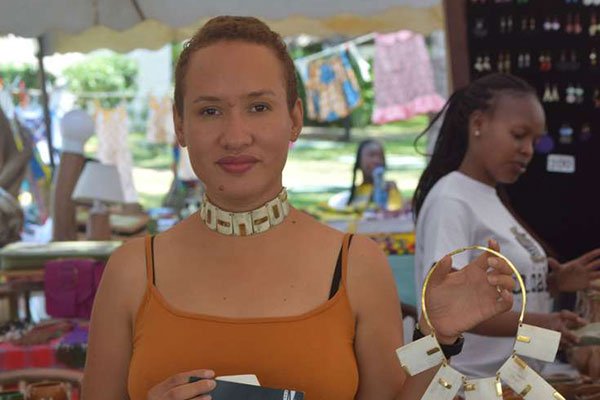
The story of how former United States President Barack Obama discovered his African roots has undeniably been a source of inspiration to many Africans in the diaspora, who are proud to be associated with their ancestry.
Just like Obama in his memoir Dreams from My Father, Margaux Wong’ is a woman on a mission — to discover her African roots — she was born and raised in Guyana, a country in the north-eastern corner of South America, but her great grandfathers were slaves from Ghana and Congo.
Wong’ traces her African roots through travel and art. She started doing this at the age of 18, and 18 years later, she is yet to waver on her mission to promote black consciousness in the diaspora.
Wong’ has been to many capitals in Africa, including Nairobi, where she occasionally visits to exhibit and promote her art.
She has been exhibiting art in galleries across the country for years.
POLITICAL AGITATION
She recently met Lifestyle at an art exhibition in Mombasa. Due to her connection with Kenyan art scene, she is now exploring possibilities of working with local artists to have their works displayed and sold in European capitals.
But life has not always been smooth for Wong’. If it were not her artistic side of life, she says, perhaps she could have not wrestled the depression that struck her in her early years.
“Art has been therapeutic and were it not for it, I would have succumbed to a mental condition because of my troubled past of suffering and bitterness,” she says.
As a child, Wong’ was the sole caretaker of her ailing parents and grandparents instead of schooling. Her mother was suffering from a mental condition.
The hard times combined with poverty led to depression, forcing Wong’ to leave home at the age of 22.
“I had to leave home for a better world because I knew the depression could have led to a mental condition, just like my mother’s,” says Wong’.
She narrates how she grew up in the countryside, where they mainly depended on subsistence farming for survival.
Political agitation in Guyana and clamour for power disrupted social and economic atmosphere at that time.
SURVIVING WAR
Other reasons that drove Wong’ out of Guyana were a political tumult involving her father Hubert Wong’, who founded a leftist political party in the 1980s to challenge the ruling regime at the time.
Learning that her great grandfathers were slaves from Ghana and Congo made her develop unequivocal love and thirst for Africa and its cultures.
Her grandfather, Clarence Frank, was a renowned preacher and writer, who passed away at the age of 93, just two weeks after Wong’ left Guyana for London.
Her husband, a Burundian, survived civil strife that affected the country in the 1990s.
When she came to settle with her husband in the East African nation that is now enjoying relative peace after years of war, Wong’s love for art grew stronger when she began working with Burundian artists seeking to expose their culture and traditions to the international art scene.
“In Burundi, I realised that art was considered a luxury and not a way of life because of the several wars that have been fought between government troops and rebels. I began rooting for a different view by presenting the Burundian culture through art to other nations,” she notes.
She opines that art is considered a luxury in countries undergoing rough political metamorphosis, and this makes first-time visitors think that the hosts are inadequate artistically.
In her Bujumbura studio, she makes necklaces, bracelets, earrings and African masks.
ARRIVAL OF SLAVES
She uses cow horns, brass, wood, among other materials. The end-products are left with their natural colours and a touch of hand polish for protection.
Wong’ supplies her products to art shops and galleries around the world. Her products are on sale in France, Congo, Rwanda, Uganda, Trinidad and Tobago, Kenya and the United Kingdom.
Wong’ relies on sales from her art pieces, support from friends and her husband to realise the dream of discovering her roots.
“My husband and friends have been supportive of my artistic course and clamour to have me discover my roots,” she says.
Her Guyanese relatives visited her in Burundi last year in September. This, she says, further strengthened her resolve in using art to discover her culture.
She is currently doing extensive research on her Africa-Guyana connection that has led her to Accra, Ghana and Kinshasa in Democratic Republic of Congo.
The date of the first arrival of enslaved Africans in Guyana is not known.
However, it is believed the first group was brought by Dutch settlers, who migrated from Tobago from as early as the mid-17th century.
RENOUNCE IDENTITY
As plantations expanded on the coast of Guyana, more enslaved Africans were brought from West Africa in ships owned by the Dutch West India Company.
In apparent optimism, Wong’ believes that she will one day discover her African family tree.
Studies done on Guyana slavery show that most Africans who were forcefully taken to the island denounced their cultures and language in order to fit into existing social classes.
In a research article by Jeremy Jacob Peretz, a scholar at the University of California in Los Angeles published in June 19, 2018, titled “Inherited ‘Ancestors’ Collections’ of a Devoted Curator: The Museum of African Heritage in Georgetown”, Guyana, most Africans who wanted to rise in economic status relinquished their African cultures and languages.
DEEMED PAGANS
The article published in the Karib-Nordic Journal for Caribbean Studies notes: “All non-Europeans and some Europeans who managed to acquire the economic prerequisites for entry into the middle and upper class ranks, and who hoped to have their accomplishments recognised, had to adopt Anglo-European cultural practices as the standard against which their class position would be judged.”
Wong’ notes that “in pursuit of my past, I learnt that the slavery in Guyana was so entrenched to an extent that enslaved Africans were prevented from practising their religions since the European Christian planters saw non-Christians as pagans”.
The enslaved Africans fought for their freedom and launched several violent revolts against their masters.
One was the Berbice Slave Rebellion, which began around February 23, 1763, and spilled into 1764. It was seen as a key event in Guyana’s anti-slavery struggles and history.


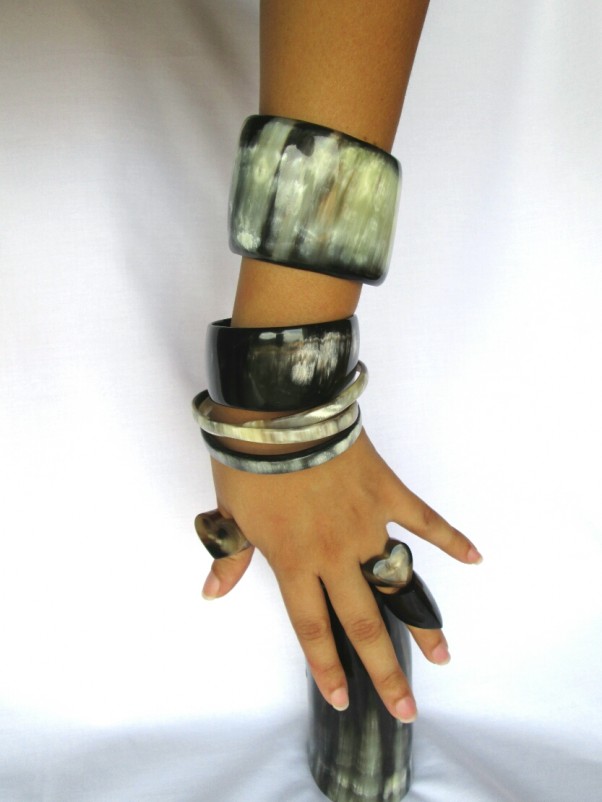

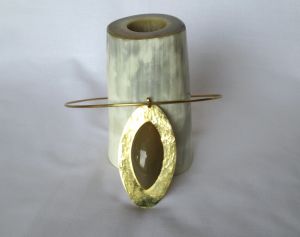
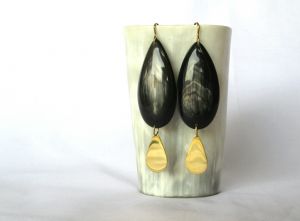

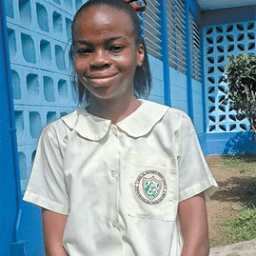



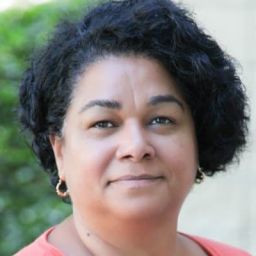



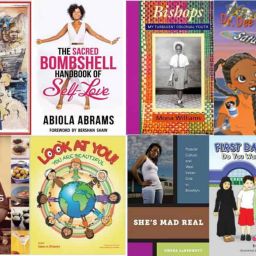
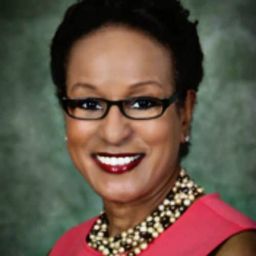
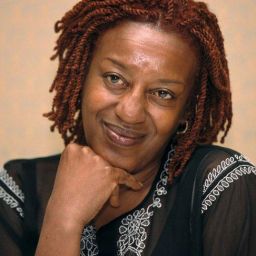
Lovely. Rock on!
Amazing story of survival and resilience. So proud of you!